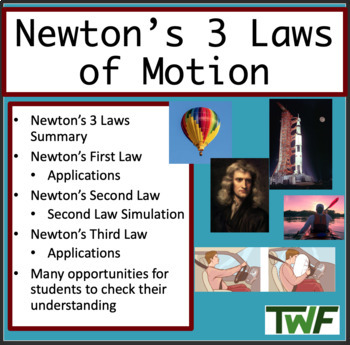

Nicole Oresme considered Jean Buridan’s idea that impetus is slowly “used up” as objects move, developing a theory that suggests how different motions might be related. Jean Buridan, a secular teacher at the University of Paris during the first half of the fourteenth century, ORESME ON MOMENTUM Throughout the thirteenth and fourteenth centuries Scholastics debated the question, and eventually they arrived at a new solution. But when the rock leaves a person’s hand, as when it is thrown, why does it keep moving in the direction it has been thrown instead of falling straight to the ground? Aristotle said that the air the rock pushes out of the way as it moves rushes around to push the rock from behind, but few medieval scientists were convinced by his explanation. A person can apply a force to make a rock move violently, that is, in a direction (up or side-to-side) in which it would not move on its own. Aristotle had said that all things that are moving are moved by something.


The realization that Aristotle’s explanation of motion was incomplete, or even faulty, came to medieval thinkers as they tried to understand why things kept moving once they no longer had contact with the force that made them move. These ideas were passed on to later scientists, including Galileo, and underlie modern physicists’ understanding of motion. (In fact, it was even somewhat unsatisfactory in explaining how.) In reading and commenting on Aristotle, medieval Scholastics came to some new and striking insights into the nature of motion. This theory explains how things move, but it did little to explain why they moved. Aristotle taught that all motions are made up of natural motion and violent motion. Studies of both benefited immensely from twelfth-century translations of ancient Greek sources and medieval Arabic commentaries. The areas most frequently investigated were motion and optics. Because medieval philosophers believed that knowledge of the material world would bring them closer to an understanding of the divine nature of that world, the study of “physica”-the orderly part of nature subject to rules and to cause and effect-was easily accepted in church schools across Europe. One area of science in which the medieval philosophers excelled, discussing important and fundamental concepts of the way nature works, was physics.


 0 kommentar(er)
0 kommentar(er)
